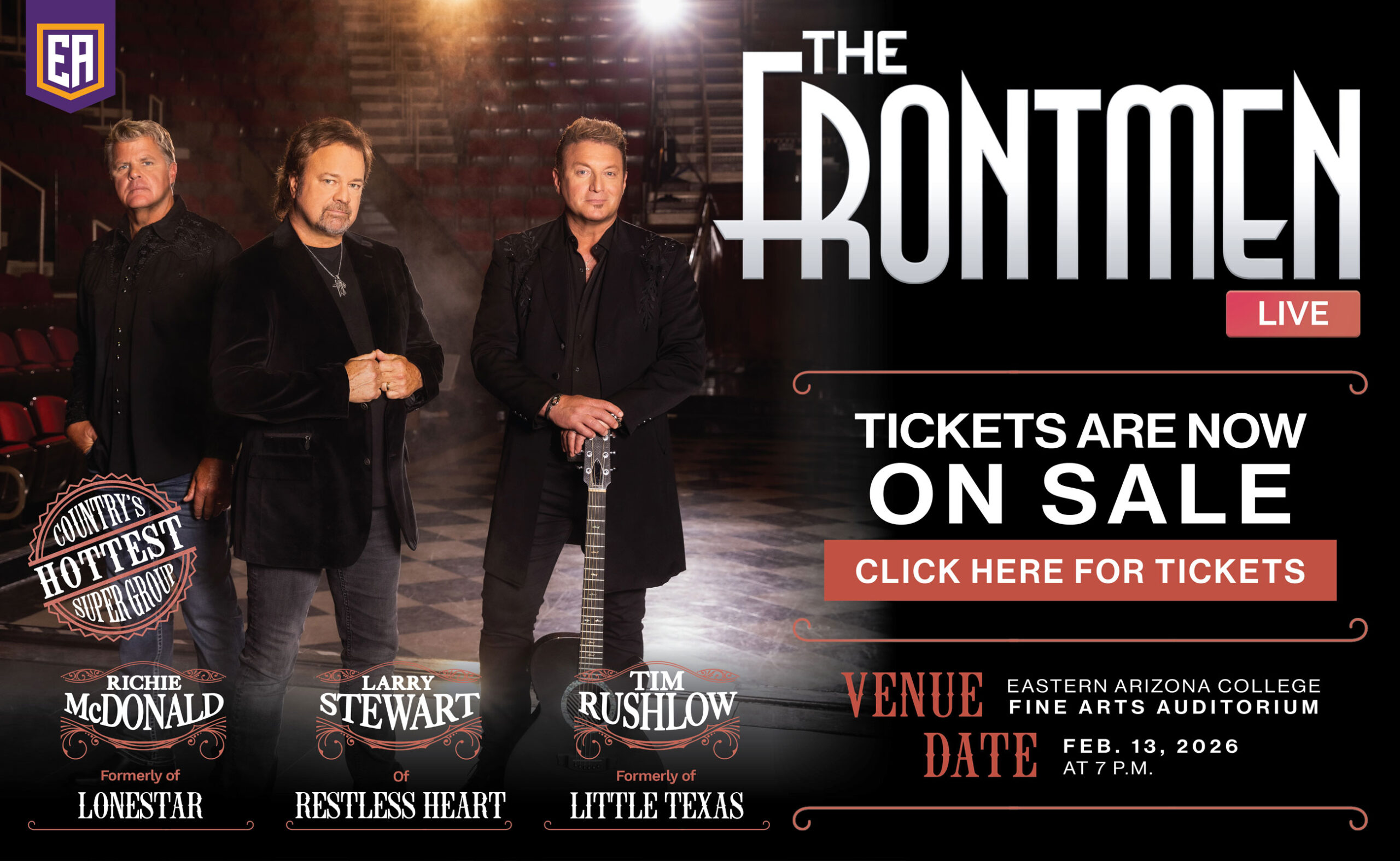Headphones have become an indispensable part of modern life, evolving from rudimentary communication tools to sophisticated audio devices that cater to a variety of needs. This article explores the fascinating journey of headphones, highlighting key developments and technological advancements over the years.
Early Beginnings: The 19th and Early 20th Centuries
The concept of headphones dates back to the late 19th century, primarily for use in professional settings. The earliest headphones were designed for telephone operators and consisted of a single earpiece that was cumbersome, often resting on the user’s shoulder. These primitive designs were not intended for personal audio enjoyment but rather for communication purposes.
In 1910, Nathaniel Baldwin, an American inventor, created the first modern headphones in his kitchen. His design featured two earpieces connected by a headband, which laid the groundwork for future headphone models. Baldwin’s invention was initially adopted by the U.S. Navy, marking a significant step in the evolution of headphones.
The Mid-20th Century: From Utility to Entertainment
The 1950s and 1960s saw headphones transition from utilitarian devices to personal audio equipment. In 1958, John Koss introduced the first stereo headphones designed specifically for music listening.
These headphones provided an enhanced audio experience by delivering different sound signals to each ear, simulating a concert hall environment. This innovation marked the beginning of headphones as a medium for personal entertainment.
The 1970s brought further advancements with the introduction of the Sony Walkman, a portable cassette player that popularized the use of lightweight headphones. This era saw a shift towards more compact and user-friendly designs, making music on-the-go a reality for the masses.
Technological Advancements: The Late 20th and Early 21st Centuries
The 1990s and early 2000s witnessed significant technological advancements in headphone design. Noise-canceling headphones emerged, allowing users to minimize ambient noise and enjoy an immersive listening experience. This was particularly beneficial for travelers and those in noisy environments.
The advent of Bluetooth technology in the early 2000s revolutionized the headphone industry by enabling wireless connectivity. This development eliminated the need for cumbersome cables, offering users greater freedom and convenience.
Modern Innovations: Beyond Audio Playback
Today, headphones are more than just audio devices; they have evolved into multifunctional gadgets. Modern headphones often feature smart technology, including voice assistants, touch controls, and health monitoring capabilities. These advancements reflect the growing demand for devices that integrate seamlessly into our digital lives.
Headphones have also become a fashion statement, with a wide range of designs catering to different aesthetic preferences. From sleek in-ear models to bold over-ear styles, headphones now serve as an extension of personal identity.
Crafting a Conclusion: The Sound of Progress
The evolution of headphones is a testament to the rapid pace of technological innovation. From their humble beginnings as communication tools to their current status as multifunctional audio devices, headphones have continually adapted to meet the changing needs of consumers. As we look to the future, it is clear that headphones will continue to play a pivotal role in our digital and personal lives, merging high-quality sound with cutting-edge features.
This journey through the history of headphones not only highlights the technological advancements but also underscores the enduring human desire for connection and entertainment through sound.










